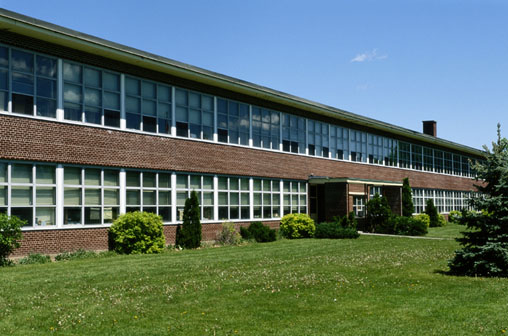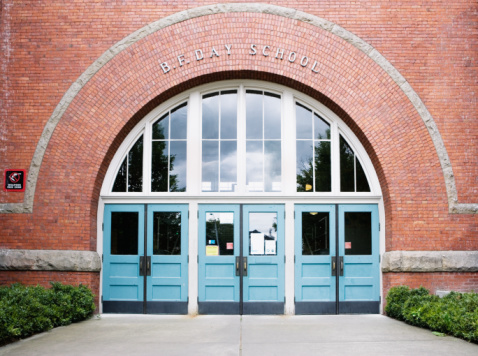

Printable PDF version
Subscribe to our newsletter
Greed, Fear & Reality
BIM - Building Information
Modeling
Revit
Lease-Leaseback
Construction
Management Specialists
111 Pine Street, Suite 1315
San Francisco, CA 94111
(415) 981-9430
www.TBDconsultants.com
What's happening with the Bay Area construction market, and is there any similarity between the way construction prices have been going and the way the Stock Market has been going? This article looks into these issues.
BIM - Building Information Modeling
Geoff
Canham
What is BIM? Is it just 3-D CAD or more? Actually, it can go to a few more dimensions than just three, and yes, it goes much further than basic CAD software. In this article we look into this, not new, but increasingly popular computerized construction design process.
Revit is a Building Information Modeling software application that become very popular. How does it differ from CAD? How do different team members cooperate on the same model? In this article we look at these and other questions regarding Revit.
When the construction market is hot and bid prices are constantly rising, there is an incentive to look for alternative procurement methods. Recently lease-leaseback has started to be a popular option for school development, promising lower final costs or at least ensuring fewer surprises where costs are concerned.
With lease-leaseback there are two leases, the first being a Site Lease. Under the site lease the school district leases the site to a contractor (or to a private developer who employs a contractor) for a fee of $1 a year. The site lease is terminated when the final payment is made under the second lease.
That second lease is called the Facilities Lease. The facilities lease is a sublease that allows the school district to lease back the site and the project as it progresses. This second lease also sets out the price for the construction work, which is to be a fixed price. This is probably the main advantage to the school district, in that they are spared the cost, time and hassle of settling claims (there is, of course, the task of agreeing the Guaranteed Maximum Price before construction begins).
That second lease is called the Facilities Lease. The facilities lease is a sublease that allows the school district to lease back the site and the project as it progresses. This second lease also sets out the price for the construction work, which is to be a fixed price. This is probably the main advantage to the school district, in that they are spared the cost, time and hassle of settling claims (there is, of course, the task of agreeing the Guaranteed Maximum Price before construction begins).
Another benefit derives from bringing the contractor onto the team earlier than normal with a traditional contract, because now the contractor can provide constructability reviews and value engineering suggestions. Subcontractors can also be encouraged to provide VE suggestions at the time they are bidding.

Normally (and especially if there is no private developer involved) the payments from the school district to the contractor will be very similar to what would have been paid under the traditional bid-build process. The main difference is that the total payment is a known value from the start of construction. And, as the payments are made, the school district obtains rights to the project being developed, and since these payments are related directly to the progress of the construction the contractor has an incentive to complete as early as possible.

Lease-leaseback does not remove the need for DSA approval on a school project, nor does it remove the prevailing wage requirement on contractors and subcontractors. It does remove the requirement for public open bidding, but that gives pause for concern to many people. While this procurement method will allow a school district to select a specific contractor over all others, that may not be the best idea unless the district wants to generate claims of favoritism, so districts would normally issue an RFP to a number of selected contractors and ensuring that the evaluation procedure is clearly defined.
Technically there is nothing to stop school districts using this process for alteration and renovation projects, but the system obviously works far easier with new construction projects, and that is where we have been seeing it being used. So far it has proved to be an effective private-public partnership, bringing a collaborative teamwork atmosphere to the development process during the construction period, and adding the contractor's expertise to the design process.
Design consultant: Katie Levine of Vallance, Inc.